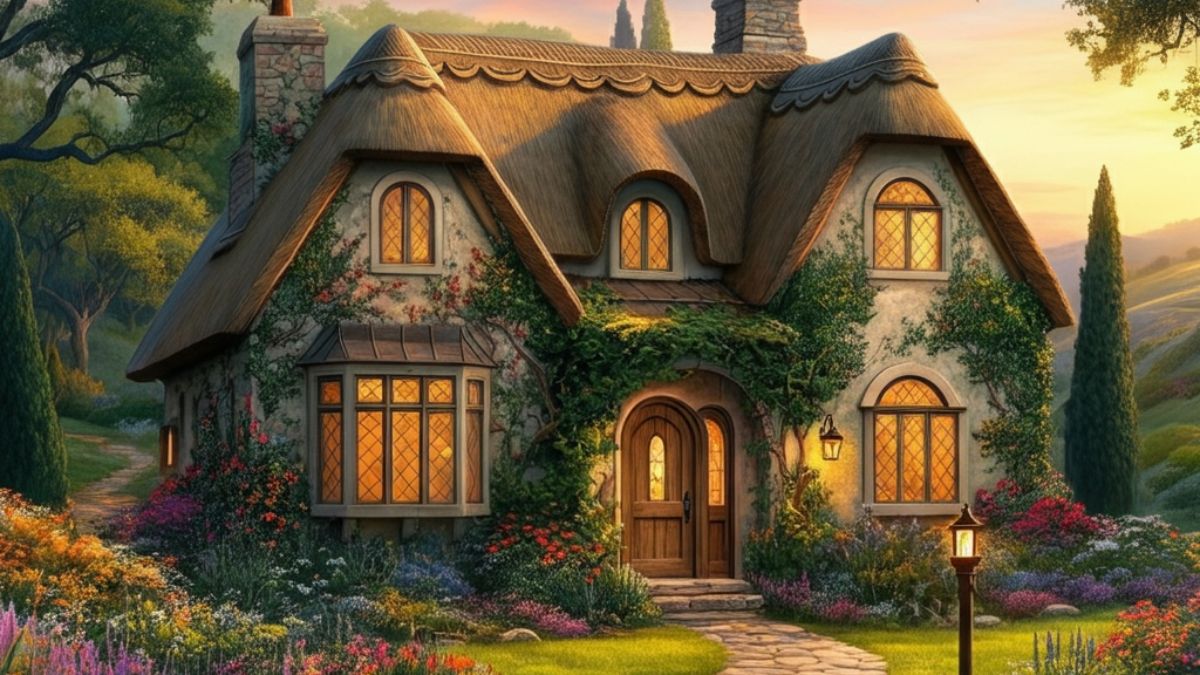Your dream home—it’s not just a place to live, but a reflection of who you are and what brings you comfort, joy, and inspiration. Whether you’re starting from scratch or embarking on a major renovation, designing your dream home is one of the most exciting and rewarding journeys you’ll ever take.
This guide will walk you through the key steps involved, from translating your vision into a plan to selecting materials and putting on the finishing touches. By the end, you’ll have a solid understanding of how to make your dream home a reality.
Step 1: Visualize Your Dream Home
Before you make decisions, it’s important to define your vision. Consider what “dream home” means to you by reflecting on the following questions:
- What do you need? (e.g., a spacious kitchen, home office, or energy-efficient features)
- What lifestyle do you want your home to support? (Do you entertain often? Prefer cozy places to unwind?)
- Are there particular design styles, themes, or architectural features that appeal to you? (Modern farmhouse? Mid-century chic? Minimalist?)
Take advantage of tools like Pinterest, Instagram, or design boards to gather inspiration. Creating a visual foundation will guide decision-making as you get further along in the process.
Pro Tip: Keep the geography of your dream home in mind. Your location might dictate certain material, styles, or layouts to suit the climate and surrounding environment.
Step 2: Define Your Budget
It’s easy to get carried away with ideas, but grounding your plans within a realistic budget early on will save you from headaches later. Here’s how you can begin to organize your finances for your dream home project:
- Estimate Overall Costs: Include land (if applicable), design, permits, construction, landscaping, and furnishings in your calculations.
- Set Priorities: List the must-haves versus the nice-to-haves in your design. Prioritizing can help allocate your budget to the things that matter most.
- Factor in Unexpected Costs: Reserve around 10–15% of your budget for contingencies. Construction projects often come with surprises!
With a clear financial framework, you’ll have the freedom to design without worrying about overspending.
Step 3: Collaborate with Professionals
Even if you have an eye for design, working with professionals is essential when it comes to creating the perfect home. Here’s who you might need on your team:
- Architects: They will help you turn your ideas into blueprints, ensuring a functional and aesthetically pleasing layout.
- Interior Designers: Designers can elevate your space by focusing on elements like color schemes, furniture placement, and decor.
- Contractors & Builders: A trustworthy builder or general contractor will manage construction and bring your plans to life.
When choosing collaborators, do your due diligence. Read reviews, ask for recommendations, and check portfolios to find professionals who align with your vision.
Step 4: Design with Purpose
The layout and design of your home go beyond aesthetics. It’s about creating a space that fits your lifestyle and day-to-day needs.
Functional Layouts Matter
Here are a few considerations for creating functional spaces:
- Open layouts are perfect for entertaining—but do you need nooks and quiet spaces for privacy?
- Think about where natural light falls in different areas of your home. This will affect where you might want windows and even plants!
- Plan for adequate storage across all areas (consider multi-functional furniture that doubles as storage).
Focus on Sustainability
If building with the long term in mind, consider incorporating sustainable materials and energy-efficient features like:
- Solar panels
- Smart thermostats
- Recycled or locally sourced building materials
- Energy-efficient windows and appliances
Not only will these choices reduce your environmental impact, but they can also lead to significant cost savings down the road.
Step 5: Choose Your Materials and Finishes
The right materials and finishes can make an ordinary house feel extraordinary. When making choices, aim for:
- Durability: Does the material stand up to wear and tear?
- Comfort: Are the materials inviting and practical for your lifestyle?
- Style Consistency: Do the finishes align with the overall theme or style of your home?
For example, hardwood flooring can add warmth and elegance, while concrete floors offer a sleek, modern look. Likewise, colors and textures in countertops, cabinetry, and tiles can pull your design elements together for a cohesive feel.
Step 6: Bring It to Life with Decor
Once the construction and installations are complete, it’s time to add personality through decor. This is where your dream home truly becomes yours.
Personal Touches
Add sentimental or unique elements like family heirlooms, homemade crafts, or art pieces that speak to who you are.
Layer Textures
Combine materials like wood, metal, and textiles to make a room feel layered and welcoming.
Stay Flexible
Your style may evolve, so leave room in your design for updates or seasonal adjustments.
Bonus Tip: Plants are an easy way to add a refreshing burst of life to your space while purifying the air naturally.
Where Do You Start?
Creating your dream home is a process that combines vision, practicality, and a little bit of patience. Every decision—from choosing materials to positioning the perfect sofa—should reflect your unique taste and lifestyle.
If you’re ready to kickstart your dream home project, now is the time to take that first step. Whether it’s hiring a professional or sketching layouts over coffee, remember that every detail adds up to something beautiful.
Your dream home isn’t just about reaching perfection—it’s about creating a place that feels like home.
FAQs
Q: How do I start designing my dream home if I’m on a budget?
A: Begin by prioritizing the most important features or areas of your home. Focus on items that have the most impact, like furniture or wall colors, and shop for affordable yet high-quality options. DIY projects and upcycling can also help keep costs low.
Q: What if my style changes over time?
A: It’s natural for your style to evolve! Choose versatile furniture pieces and neutral colors as a foundation, then update accents like throw pillows, art, or rugs to reflect your current preferences without breaking the bank.
Q: Should I hire a professional interior designer?
A: While not mandatory, hiring a professional can be helpful, especially for larger projects or if you’re feeling overwhelmed. Many designers offer consultations to guide you, even if you plan to handle most of the work yourself.
Q: How do I make a small space feel larger?
A: Use light colors, mirrors, and multifunctional furniture to create the illusion of more space. Decluttering and utilizing vertical storage can also maximize the efficiency of a smaller area.
Q: Are plants really necessary for interior design?
A: While not a requirement, plants add a lively, refreshing aesthetic to any room. They improve air quality and bring a natural element that softens the overall design of a space. Choose low-maintenance plants if you’re just starting out.







